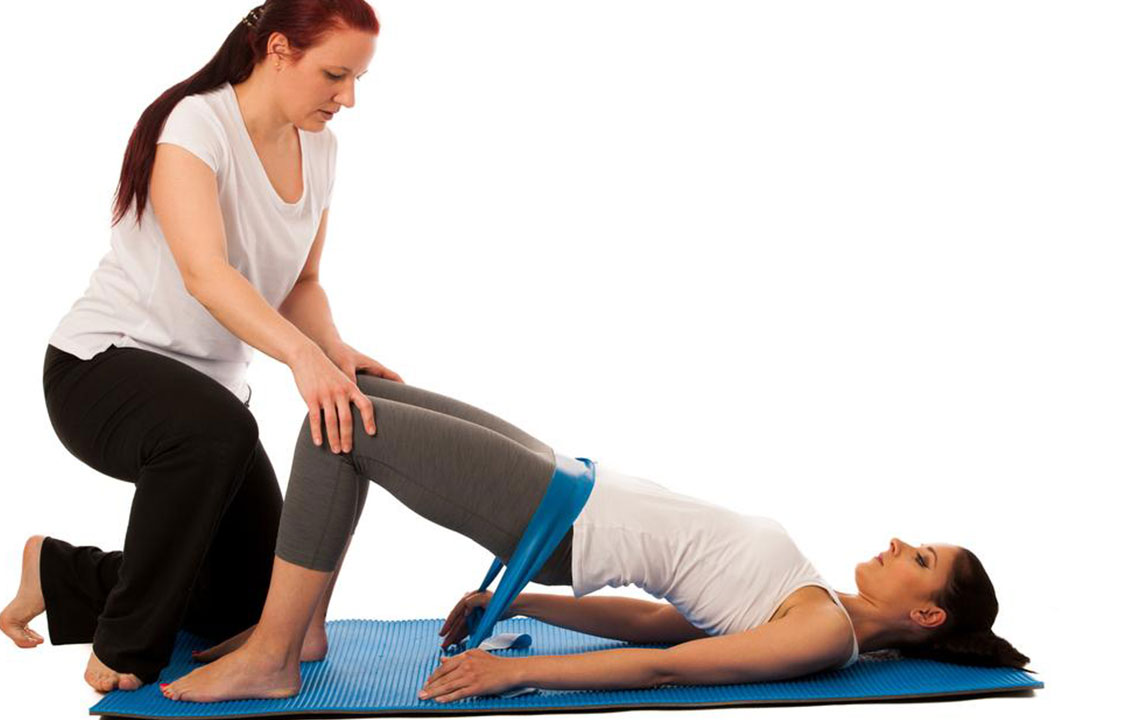Comprehensive Guide to Strengthening Pelvic Floor Muscles with Kegel Exercises
This comprehensive guide provides detailed instructions on strengthening pelvic muscles through Kegel exercises, highlighting correct technique, technological aids, and lifestyle tips. Ideal for ongoing pelvic health improvement, the article emphasizes consistency and innovative methods to maximize results and prevent urinary issues, pelvic organ prolapse, and improve sexual wellness.

Comprehensive Guide to Strengthening Pelvic Floor Muscles with Kegel Exercises
Maintaining a strong pelvic floor is vital for overall urinary health, sexual vitality, and supporting pelvic organs such as the bladder, uterus, and rectum. Weak pelvic muscles can lead to issues like incontinence, pelvic organ prolapse, and sexual dysfunction. Fortunately, there is a widely recommended set of exercises known as Kegel exercises that can effectively strengthen these muscles in a simple, non-invasive manner. These exercises are suitable for women and men alike, especially beneficial after childbirth or surgery, and for aging adults facing muscle deterioration.
Developing a consistent routine of pelvic floor exercises can significantly improve quality of life, reduce the risk of leakage, and enhance sexual health. Let’s explore detailed guidance on how to perform Kegel exercises correctly, integrate technology aids, and optimize results for better pelvic health.
Understanding Pelvic Floor Muscles and Their Importance
The pelvic floor muscles are a group of muscles that form a sling across the bottom of the pelvis. They support vital organs such as the bladder, intestines, and in women, the uterus. These muscles play a crucial role in controlling urinary and fecal continence, maintaining sexual function, and stabilizing the pelvis during movement.
Weakness in these muscles can lead to various health concerns, including urinary incontinence, stress incontinence (leakage during coughing or exercising), urge incontinence, or even pelvic organ prolapse, where organs descend due to weakened support structures. Strengthening the pelvic floor muscles is a proactive way to prevent or alleviate these issues.
How to Perform Kegel Exercises Properly
Executing Kegel exercises correctly is essential to maximize benefits. Follow these steps meticulously:
Identify the correct muscles: To locate your pelvic floor muscles, try stopping urination midstream or tighten around an inserted finger. These sensations will help you identify the right muscles.
Contract and hold: Once identified, contract these muscles and hold the contraction for three seconds initially. Ensure other muscles such as the abdomen, thighs, and buttocks remain relaxed to isolate the pelvic floor.
Gradually increase duration: Over weeks, gradually increase the hold time by one second each week until you can sustain a contraction for up to ten seconds.
Relax: Relax the muscles completely before the next squeeze. Proper relaxation allows for better muscle recovery.
Repetition: Aim for at least three sets per day, each comprising 10 to 15 repetitions. Spread these sessions throughout the day for consistent improvement.
Important Tips for Effective Kegel Exercises
To ensure you perform Kegels safely and efficiently, keep in mind these additional tips:
Avoid doing Kegel exercises during urination, as this can interfere with bladder function and potentially cause incomplete emptying or other issues.
Maintain proper posture during exercises—either lying down, sitting, or standing—whichever feels most comfortable. Consistency over time yields the best results.
If you are unsure whether you are engaging the correct muscles, consider consulting a healthcare provider or a pelvic health specialist. They can guide you through the process and ensure proper technique.
If no noticeable improvements are observed after four months of diligent practice, seek medical advice to rule out other underlying issues or consider alternative therapies.
Technological Advances and Tools to Enhance Kegel Exercises
In recent years, technological innovations have significantly improved the effectiveness and engagement levels of pelvic floor training. Biofeedback devices, for example, provide real-time feedback, helping users confirm correct muscle activation. These devices often use sensors that detect muscle contractions and display visual or auditory cues, guiding users to perform exercises correctly.
For tech-savvy individuals, smart Kegel exercise aids are available. These gadgets not only monitor muscle activity but also gamify the experience, making pelvic health workouts more engaging. One such example is the Smart Kegel Exercise Aid (Skea), which transforms exercises into an interactive game called Alice in Continent. By controlling a character through pelvic muscle contractions, users receive gentle pulse feedback indicating proper technique. This motivational approach helps improve adherence and technique quality.
The use of these advanced tools can be particularly beneficial for beginners or those who struggle with isolating pelvic muscles. They also serve as excellent motivators to maintain a regular routine, enhancing long-term benefits.
Additional Strategies for Optimizing Pelvic Muscle Strength
Besides regular exercises and technological aids, consider integrating these strategies for optimal results:
Lifestyle adjustments: Maintain a healthy weight, avoid heavy lifting, and manage chronic coughs to reduce strain on pelvic muscles.
Pelvic physiotherapy: Working with a specialist can tailor exercises to your specific needs and address any underlying dysfunctions.
Consistency is key: Like any muscle training, regularity and patience are vital. Results often take several months to become evident.
Post-exercise care: Avoid overdoing exercises to prevent muscle fatigue or strain. Proper rest between sessions enhances recovery.
In conclusion, Kegel exercises represent a simple, cost-effective, and powerful method to improve pelvic health. Whether performed manually or with the aid of modern biofeedback devices, these exercises can significantly enhance quality of life by reducing incontinence, supporting pelvic organs, and boosting sexual wellness. Making Kegel exercises a part of your daily routine, combined with proper technique and innovative tools, can foster long-term pelvic stability and overall health.





